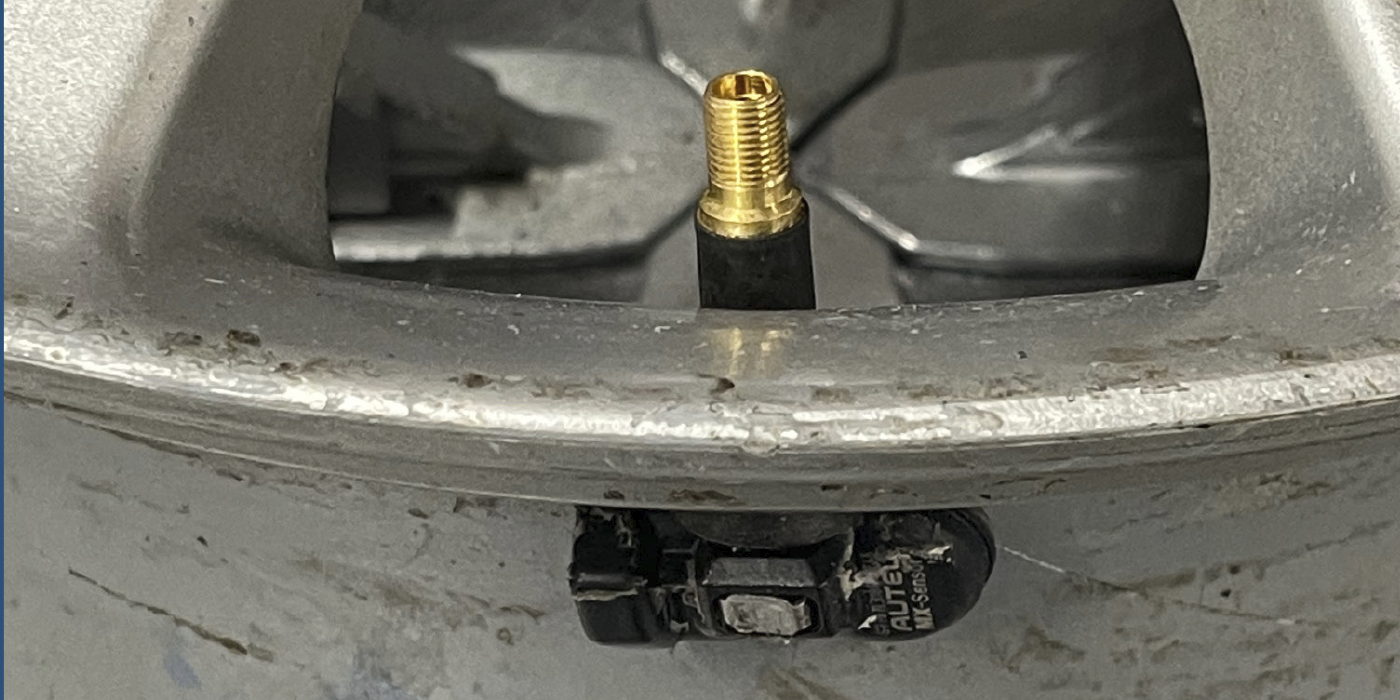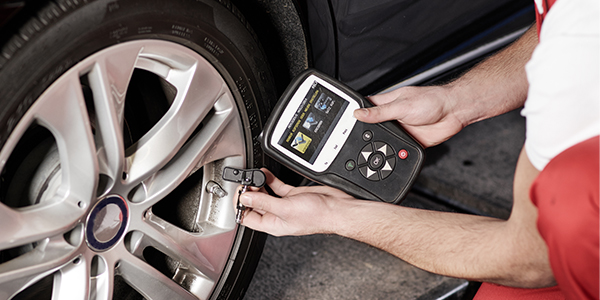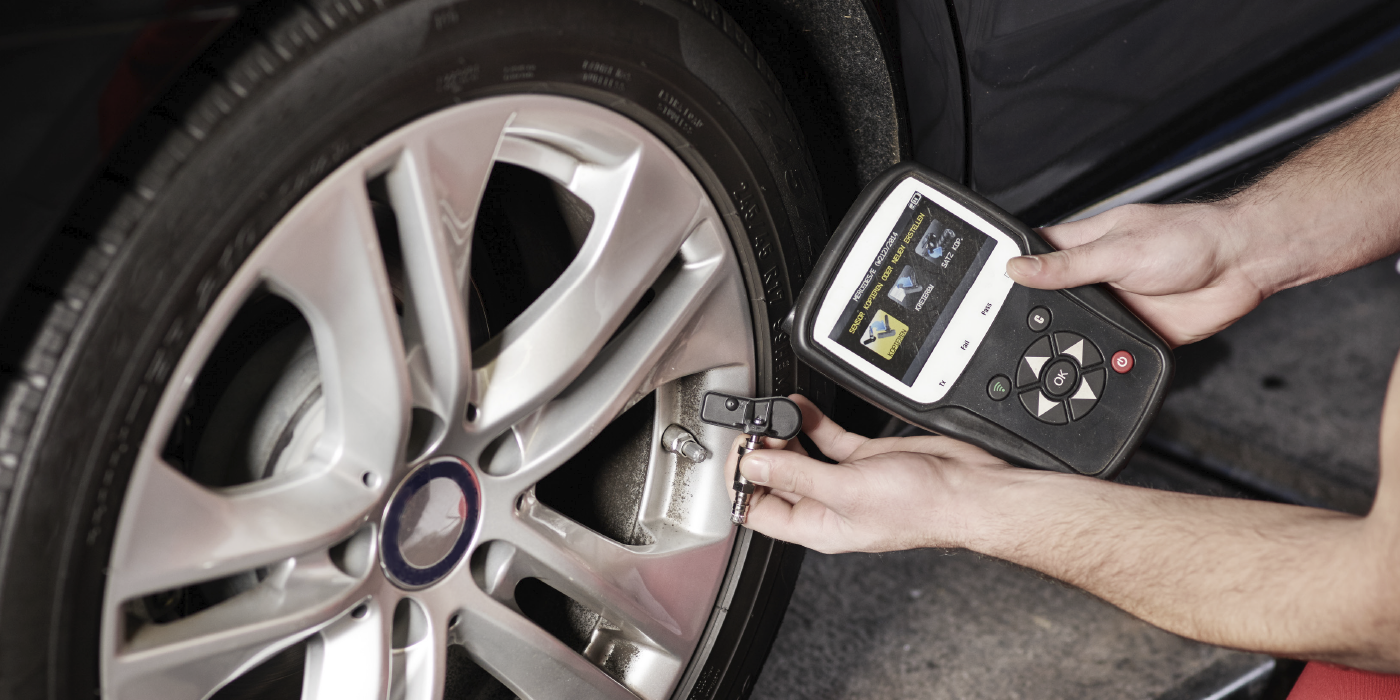By Denise Koeth
Managing Editor
TIRE REVIEW
Tire dealers in cold climates understand that when temperatures drop and the snow begins to fly, all-season – and especially summer – tires quickly become inadequate. The angular biting edges and softer compounds of winter tires are specifically designed to get your customers from point A to point B safely.
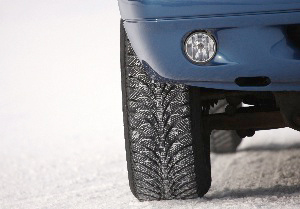
And while most dealers are convinced of the value of winter tires, communicating that to customers can be difficult. Tough economic times coupled with a misunderstanding of the term “all-season” make selling winter tires a challenge.
Tire manufacturers often hold ride-and-drive events for dealers, giving them the opportunity to compare the stopping, starting and handling capabilities of all-season vs. winter tires. Surely if consumers were able to have the same hands-on experience, they would be sold on the idea of swapping out their all-seasons for winter rubber, right?
Unfortunately, that’s easier said than done.
“Even when we test winter tires, it’s challenging because it’s hard to find the right conditions and then replicate those same conditions for a comparison throughout the course of a day – or even a few hours,” says Silvana Valencic, marketing manager of auto tires for Goodyear. “Unlike tests on dry or wet pavement, where at least you have a pretty standard surface that is repeatable, a snow or ice surface changes.
“We do some events in ice rinks and that’s more repeatable, but snow- and slush-related demonstrations are hard because it is a constantly changing surface. For dealers to do a demo for their customers, it would be a real challenge,” she adds.
And even if you do have the connections – and the budget – to rent out a local ice rink, that wouldn’t provide a true, real-world experience, according to Nokian Tyres’ Bob Hepp, vice president of strategic planning.
“You can go to a hockey rink to simulate a frozen surface, but that surface is polished and not what you would find in the real world. Also, (the rink) is very cold ice, which isn’t as slippery as ice that gets closer to 32˚F,” he says, adding that to get a more realistic driving experience, the surface must be prepared, which Nokian does at its winter tire events both in the U.S. and in Ivalo, Finland, where the tiremaker creates courses on frozen lakes.
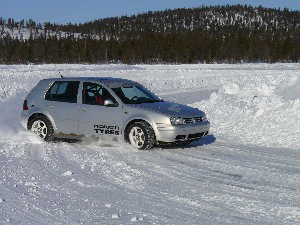
“We actually put a surface on the ice, and the lakes help keep the temperature even,” Hepp says. “It’s not as easy as just putting people on winter tires; it takes a lot of preparation to get the test to be true. And it’s very expensive to get hundreds of consumers to do that. So manufacturers focus on what’s more realistic – to get the people selling the winter tires trained so they can relate that experience to their customers.”
One cold weather dealer has found a feasible way to give customers a taste of what riding on winter tires is like without the expense and hassle of hosting an event. At Direct Tire and Auto’s four locations in the Boston area, all customer loaner vehicles – Honda Civics – are equipped with winter tires. “We put them on in October and take them off in April,” says Barry Steinberg, president. “People really appreciate it. They’ll say, ‘Wow, those Honda Civics handle pretty well in the snow.’ Then we tell them it’s the winter tires that make the difference.
“It’s obviously difficult to give customers a road test for equal comparison in a loaner car because most people aren’t driving Civics, but they do appreciate the fact that the car is safe,” he adds.
Retraining Customers
Aside from offering hands-on experience, there are other ways dealers can convince their customers of the value of winter tires. It all starts with education – debunking the all-season myth and getting drivers to truly understand the benefits a dedicated winter tire can offer.
Tiremakers offer dealers various sources of information in the form of ride-and-drives, online training modules and certification, product videos, workbooks and, in the case of Goodyear, “one-pagers” that provide at-a-glance facts and statistics for when customers seek information, according to Brandy Gillen, winter tire brand manager for Goodyear. She said the sheets are handy in case dealers need a quick reminder of something they learned in training. “The one-pager will provide them with tire features and benefits, as well as the popular vehicle fitments and size lineup.”
Goodyear also offers dealers demo tools with certain product lines – in the case of the Ultra Grip Ice WRT, which was introduced last September, the tiremaker provided dealers with tread samples to demonstrate the different compounding that goes into winter tires. “If you’re looking at a full tire, it’s very difficult to see inside of a sipe, for example. But with the tread sample, dealers can bend it and show customers the interlocking tread grooves and the softer compound that the winter tire has versus the standard all-season tire,” Gillen says.
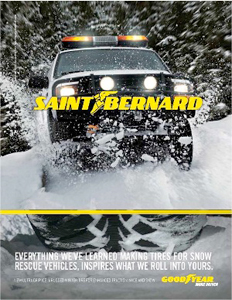
A great way for customers to understand the difference in compounding is to place both tread samples in the freezer, then have them feel the difference between the rock-hard all-season tread and the cold – but still pliable – winter tire tread.
“Since it’s impossible to grab every consumer who is considering winter tires and take them out in the parking lot for a drive, having these hand-held tools right at the counter is really useful,” Goodyear’s Valencic adds. “We also do an around-the-country ride-and-drive program, because once dealers get behind the wheel, they become great ambassadors for that product. Our post-event studies show dealers know the product better and they can sell it better when they can tell a customer in the store about their own experiences.”
Nokian takes a similar approach, with ample training for dealers, who can then pass that knowledge onto their customers. “We take as many dealers as we can to Ivalo to test the tires for themselves,” Hepp says. “We also create consumer-oriented advertising and websites to try and get the message across that all-season tires really don’t mean what most people think they mean. Consumers have been taught for so long that all-season probably means they work in the winter – but as we all know, this isn’t really the case.”
Nokian places a lot of emphasis on statistics and test results – and the numbers are pretty convincing. In braking tests on ice, a vehicle traveling at 31 mph on all-season tires takes more than 100 feet – roughly the length of three school buses – longer to stop than the same vehicle equipped with studless winter tires, according to Nokian research. The disparity is similar in snow braking tests.
“We also provide statistics from countries that have made winter tires mandatory – Sweden, for example – and what happened after that change as far as the reduction in accidents and deaths,” Hepp says, explaining that after the mandatory requirement went into effect in that country, a 23% increase in winter tire use (the number seems low due to the fact that 77% of drivers had already used winter tires before the law) lead to an 11% to 14% decrease in accidents that caused serious injuries and fatalities in icy/snowy road conditions.
Nokian makes its handouts, posters and videos available for dealers to share with their customers – which is extremely effective, according to Direct Tire’s Steinberg. “We run the Nokian video loop on the TVs in our waiting rooms,” he said. “People get the same ‘wow’ factor out of watching the video in the waiting room since they can’t go test it out for themselves. And many people let us show them the video because they don’t feel like it’s a sales pitch, it’s more of an educational tool.”
Direct Tire also does a radio blast in the fall with the goal of “educating drivers on the differences in traction winter tires will give them, not only with starting and stopping, but also lateral movement, cornering, and the fact that even with an all-wheel drive vehicle, the driving can be dangerous without winter tires.” And, of course, an added bonus is that the Direct Tire name stays fresh in listeners’ minds after hearing these commercials.
Individual Perspectives
Once a dealer has provided that foundation of knowledge, the next step is determining the specific needs – and priorities – of individual customers. “We ask drivers questions like how many miles a year they drive, if they’re skiers, if they are planning any trips north to Montreal, etc. The more questions we ask, the more we’ll be able to sell them a quality winter tire that suits their needs,” Steinberg says.
An obvious point of persuasion is safety – “not only for themselves, but for other drivers on the road,” Goodyear’s Gillen says, adding the investment in winter tires is worth avoiding the costs of an accident or insurance deductible. “The tires pay for themselves in accident avoidance.”
“Tires are expensive and people just don’t want to spend the money,” Steinberg says. “Whether your customer drives a Ferrari or a Ford, they don’t want to buy tires. But from the safety standpoint you can’t beat winter tires, whether it’s the car you’re driving your kids around in or the vehicle you’re taking up to the mountains on a ski trip.”
Also touching on economics, dealers can remind customers that the cost of buying two sets of tires really isn’t an added expense in the long run. “They will have two set of tires that aren’t being used year-round, so they’re not wearing them out as fast,” Goodyear’s Valencic says. “Customers can’t look at it as costing double because while they’re buying two sets of tires, the investment will last twice as long.”
As an added incentive, Gillen notes that customers with luxury cars and high-end wheels also can get less costly wheels to go with their winter tires and swap the entire tire/wheel assembly to save their nicer wheels.
Dealers can add even more convenience to making the twice-yearly swap by bundling storage or maintenance programs. For example, Direct Tire charges $85 per season ($170 for the year) to store a customer’s set of tires in the off-season and perform the changeover. Steinberg estimates the dealership has about 2,000 storage customers across its four locations.
While it’s time to start thinking about winter tire inventory for the upcoming season, it’s also a good time to begin formulating your shop’s winter tire sales strategy and determine how your staff can best educate consumers.
Bridgestone Offers Hands-on Winter Experience For All
When it comes to winter driving conditions, panic breeds mistakes. It creates dangerous situations or makes bad situations worse.
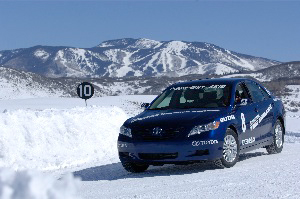
Understanding the circumstances in which drivers can find themselves in winter conditions is what the Bridgestone Winter Driving School is all about. Located in Steamboat Springs, Colo., the 77-acre facility includes three purpose-built ice- and snow-covered tracks designed to challenge drivers of all levels. Front-, rear- and all-wheel drive Toyota vehicles equipped with Bridgestone Blizzaks traverse the ultra-slippery tracks – which are coated with more than 250,000 gallons of water – to teach the fundamentals of safe winter driving to tire dealers and consumers alike.
The school operates seven days a week from mid-December through early March. Its experienced driving coaches, who come from various racing backgrounds, work with students on a one-on-one basis to teach the skills and techniques necessary for confident and safe winter driving.
More than 76,000 have participated in the school’s hands-on driving exercises since 1983, the first year of operation. The school provides a complete range of winter driving programs for all ability levels and has seen many types of students, including corporate professionals, law enforcement officers from 20 states and groups from the Secret Service and FBI.
And of course, the school offers tire dealers a great hands-on opportunity to learn valuable lessons they can translate to their customers. This kind of investment in education is priceless, and dealers should see a recognizable ROI in terms of winter tire sales based on the translation of the need and performance benefits of winter tires.
In addition to track time, the school also offers attendees a number of takeaways, like the Ultimate Winter Driving DVD and an easy reminder booklet that includes a number of modern winter driving techniques. With this information and a little creative thinking, during winter months tire dealers can transform a section of their customer waiting area into a mini winter driving classroom in which customers can see first-hand the importance of good winter driving fundamentals – and most importantly, the value of using winter tires.
The school offers the following valuable winter driving tips:
• Use winter tires in winter
conditions.
• Make sure your battery has
adequate life.
• Check exhaust system for leaks.
• Replace winter wiper blades.
• Warm up your car and clear all snow and ice.
• Check for snow/ice in the wheel wells.
• Know your car – know your brakes.
• Anticipate difficult situations.
• Turn on your headlights.
• Be alert at intersections and on hills.
• Vehicle spacing is important.
• Test road conditions frequently.
• Use floor mats for traction – Simply turn the mats upside down and place them under the drive wheels as a traction aid.
• Wear quality sunglasses when necessary.










